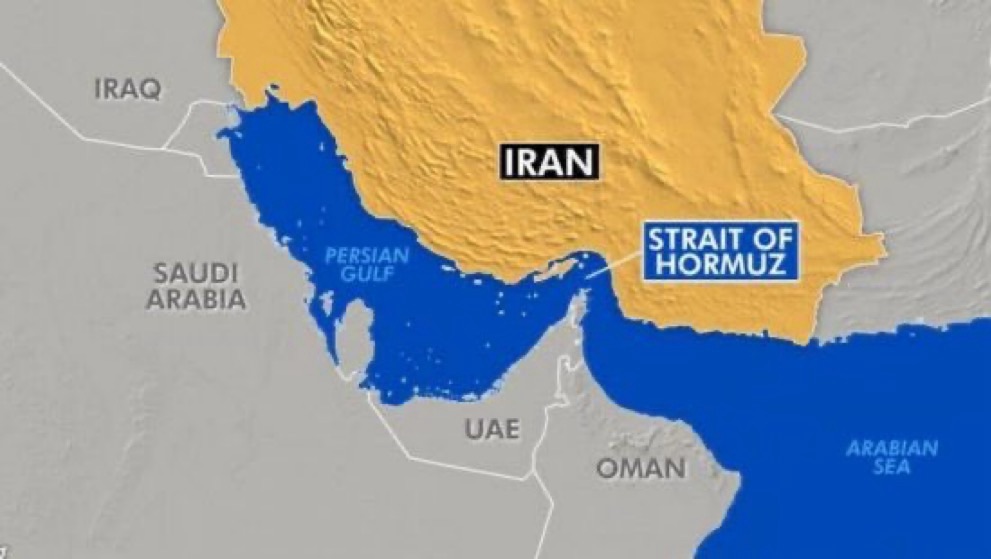By threatening to block the Strait of Hormuz, a narrow but strategically significant waterway through which about 20% of the world’s oil passes daily, Iran has escalated the stakes in the continuing Middle East crisis in a daring and concerning move. Anxiety about this scenario has spread throughout the world, driving up oil prices and escalating concerns about a larger regional conflict.
What Is the Strait of Hormuz?

The Persian Gulf, the Gulf of Oman, and the Arabian Sea are all connected by the Strait of Hormuz, which separates Iran and Oman. It is among the most important maritime chokepoints in the world: Major economies like the US, China, India, and the EU use it, and it is the primary route for Qatar’s LNG exports. Approximately 21 million barrels of oil flow through it daily. The global energy market would be severely and immediately impacted by any disturbance here.
Why Is Iran Threatening to Close It?
In recent weeks, tensions between Iran and Western nations—particularly the United States and Israel—have been rising as a result of:
• Military attacks on Iranian installations. • The expansion of American naval forces in the Persian Gulf.
• Iran’s backing of local armed organizations such as the Houthis and Hezbollah.
Iranian politicians and officials have responded by publicly declaring that closing the Strait is “on the table.” According to the Iranian Revolutionary Guard Corps (IRGC), if directed by the country’s leadership, they are operationally capable of enforcing a closure.
How Could Iran Close the Strait?
Iran could impede shipping via a number of military and strategic means:
1. Naval Mines: Planting mines beneath the surface to stop tankers.
2. Fast-Attack Boats: Swarm tactics using speedboats that are small and strongly armed.
3. Missile Systems: Iranian coastline is lined with coastal anti-ship missiles. 4. Seizure Operations: boarding or holding ships, as seen in past instances.
Global Impact of a Closure
Oil Prices Surge
Oil prices have already increased by 10% to 15% due to the possibility of shutdown, and there are concerns that they could surpass $150 per barrel. This would have a significant effect on global supply chains, inflation, and gasoline prices.
Shipping Routes Disrupted
Shipping companies are requesting increased insurance premiums as a result of the rerouting of several oil and LNG vessels. Some have completely halted activities in the Gulf.
Energy Security at Risk
There would be severe fuel shortages in the world’s most energy-intensive countries, particularly in Asia and Europe. To avoid disorder, emergency reserves may be used.
Why Iran May Not Go All the Way
For the following reasons, many observers think Iran is unlikely to completely block the Strait despite the threats:
• The Strait is also necessary because Iran’s own oil exports depend on it.
• Military backlash: A complete closure would probably result in a robust military response from the United States and other countries.
• International diplomatic pressure: Tehran is being urged to prevent escalation by allies like China and Russia.
Global Reactions
• European Union officials have called for de-escalation and reaffirmed support for free maritime passages; the United States has sent more naval forces to the region and warned Iran against any military action.
• Despite expressing concern over potential economic consequences, Saudi Arabia and the United Arab Emirates have activated alternative pipelines.
• Because of their significant reliance on oil imports from the Gulf, China and India are calling for diplomatic solutions.
